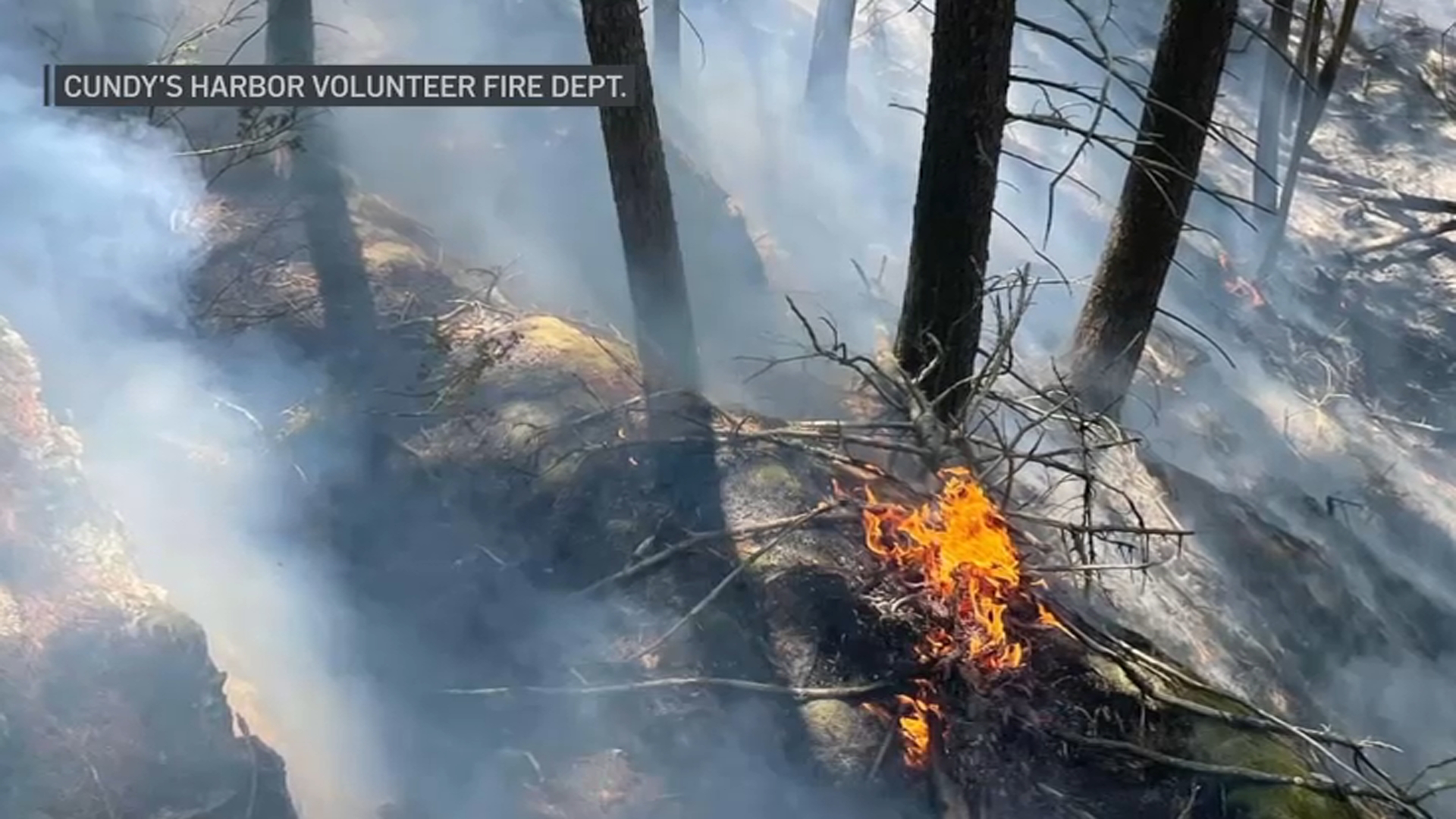Firefighters across Massachusetts and elsewhere in New England are having to chase hot spots every day as drought conditions fuel wildfires and prompt water bans.
The Town of Weymouth is one of those that recently enacted water use restrictions.
WATCH ANYTIME FOR FREE
Stream NBC10 Boston news for free, 24/7, wherever you are. |
Signs of heat and drought are evident everywhere in Massachusetts.
On Tuesday, fire crews in Gloucester battled through their second day of a stubborn wildfire.
Get updates on what's happening in Boston to your inbox. Sign up for our News Headlines newsletter.
"The hard part is extinguishing it," said Gloucester Fire Captain Nicholas Ouellette. "It gets down into the ground and burns."
While firefighters in Braintree had their challenges battling the flames under the summer heat, they managed to contain a brush fire there.
But as they put out one fire, others pop up. On Tuesday afternoon, another brush fire was spotted along Route 24 in Taunton.
"We're seeing an uptick in fire behavior across the state," noted Massachusetts Department of Conservation and Recreation Chief Fire Warden David Celino.
More on drought conditions in New England
Celino said 98% of fires are caused by humans.
"As it gets drier, we're seeing fuels react to that, as well — fuels like grasses, shrubs," he said.
The effects of the drought were also seen on the Charles River, where water levels are noticeably down compared to last year.
"This is at least the third year, if not more out, of the last 10, where we've seen pretty significant rainfall deficits during the summer months," said UMass Amherst Hydrogeology Professor David Boutt.
"We need the rain," said That Blooming Place nursery manager Ian Bouchie. "It's time to do a rain dance."
The lack of rain is causing business at That Blooming Place to dry out.
"It definitely slows down sales, for sure," Bouchie said.
Bouchie and staff at the nursery use water from their well to irrigate their plants. But even that is starting to be in short supply.
"It's the first time it's dropped the pressure when we were watering together in the morning," he said.
The rainwater deficit in the South Shore stands about 10 to 15 inches.



